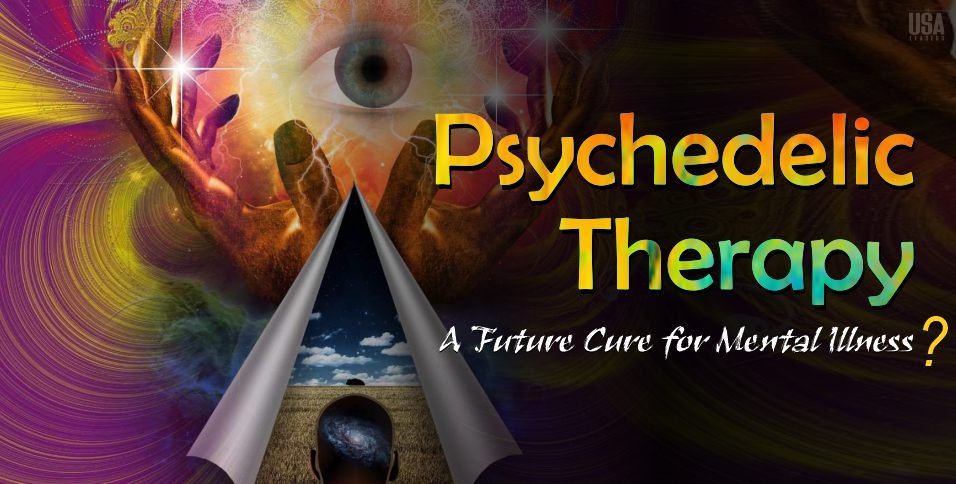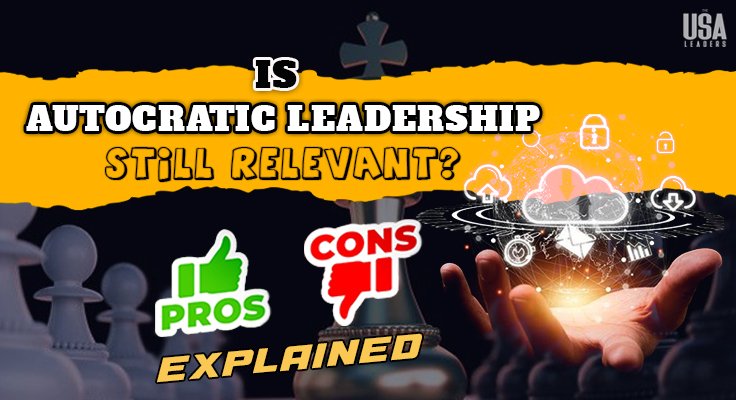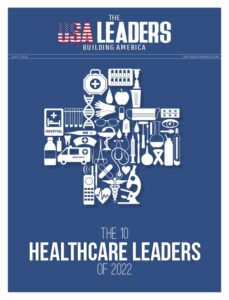Since their discovery, psychedelics have been a subject of controversy. Besmirched by unlawful consumption and sale on the street in little tablets, capsules, or gelatin squares, the potential of these drugs has been overlooked for years. Psychedelic drugs are mixed onto absorbent paper, later cut into little squares, and adorned with designs or cartoon characters. LSD (Lysergic acid diethylamide) is often sold in liquid form, but regardless of the form, it takes the user to the same place—a severe dissociation from reality. It is found in plants and substances that can cause hallucinations and ease mental diseases through psychedelic therapy.
Psychedelics are a type of hallucinogen and mind-altering drug that includes ketamine and MDMA. Their primary effect is to induce extraordinary states of consciousness, which result in psychological, visual, and auditory changes, and altered states of consciousness. Although such drugs have the potential to cure mental illnesses through psychedelic treatment, their illegality has prevented them from reaching their full potential in medical science. In this blog, we’ll learn what psychedelics are, their benefits, and the risks involved in psychedelic therapy.
What are Psychedelic drugs?
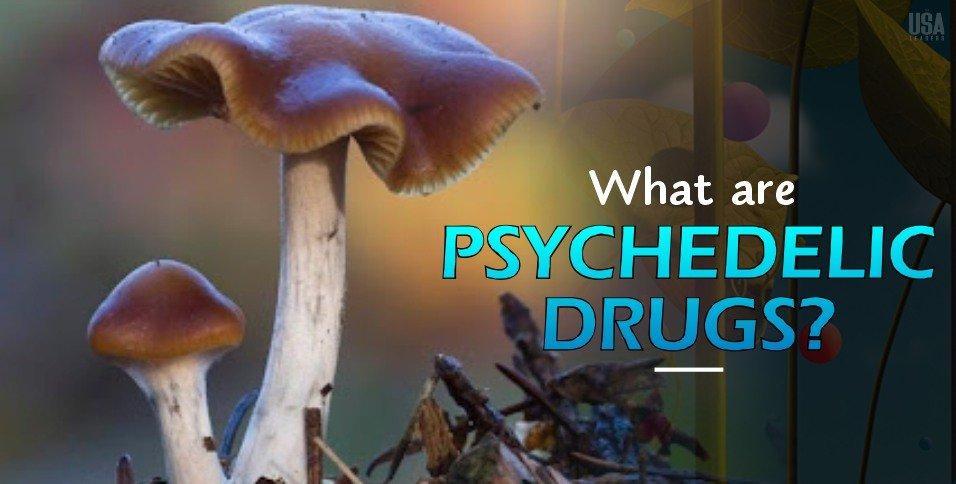
Psychedelic drugs, also known as hallucinogenic drugs, are used to alter and improve sensory perceptions, intellectual processes, and energy levels, and to assist spiritual experiences. These substances are discovered in plants like mushrooms, morning glory seeds, and peyote. They are also found in compound forms like LSD/acid, ecstasy, and DMT.
Psychedelics are consumed orally, smoked, or brewed into tea or other beverages. In many cultures, using hallucinogens to achieve altered states of consciousness or spiritual experiences has a long history. While experiencing the drug, users may have sensationalized impressions of what is going on around them. It can involve “tasting” noises or “seeing” color. Items or objects around could start to “move,” grow, or contract before your eyes.
Acid is a long-lasting medication that remains in the body for six to fifteen hours. After taking the dose, the drug takes 20 to 90 minutes to work; however, the peak effect can linger for many hours. While everyone will have a unique experience with acid, some can be mild, while others might become terrifying and overpowering.
Some of the most commonly used psychedelic substances are:
- Acid (LSD)
- Dimethyltryptamine (DMT)
- Mescaline
- Ololiuqui
- Psilocybin
- Ecstasy
What is Psychedelic Therapy?
Consuming a psychedelic substance as part of a psychotherapeutic process is a psychiatric practice known as “psychedelic therapy.” Talk therapy is linked to the use of psychedelics in psychedelic therapy.
In both clinical and non-clinical contexts, several consciousness-altering psychedelic substances are now being used or studied for therapeutic purposes. Some of them, including psilocybin (magic mushrooms), DMT, peyote, ayahuasca, and ibogaine, are derived from plants. Others are chemical substances, such as ketamine, MDMA, and LSD.
Some potential ways of psychedelic therapy include:
Mystical or psychedelic experiences: When using psychedelics, meaningful experiences can change a person’s perspective or beliefs, influencing how they act or think.
Increased suggestibility: People who use psychedelics may be more susceptible to suggestions. They may be more receptive to therapeutic advice or the advantages of their hallucinations.
Changes in neurotransmitters: In the brain, neurotransmitters act as chemical messengers. Many medications for mental health directly alter neurotransmitters to alter the mood. Some psychedelic substances may also alter neurotransmitter levels in the brain, altering behavior and elevating mood.
How it’s done?
The precise dosage, the number of sessions, and the style of psychedelic therapy will vary depending on who is assisting you, as clinicians are actively evaluating how well their therapies work.
There are three phases to psychedelic therapy in clinical settings:
- Consultation
Preliminary consultation is typically the first step to confirming the treatment is appropriate for you. It is also an excellent time to talk about your history, and any objectives or worries you may have regarding psychedelic therapy.
- Ingestion
The second stage entails consuming the psychedelic drug orally or intravenously in consultation with a qualified therapist.
Depending on the psychedelic drug and the treatment strategy, a patient can undergo several sessions.
For example:
- At least three sessions are usually required for MDMA-assisted treatment.
- A ketamine-assisted therapy regimen comprises one to twelve sessions.
- In most cases, psilocybin and LSD are used in at least two sessions.
- Integration
The process of integration is the final stage, during which the patient and the therapist collaborate to extract meaning from the psychedelic experiences.
Most studies on psychedelic therapy have seen a rapid improvement, frequently after just one dose.
Benefits of Psychedelic Therapy

On psychedelic drugs, the brain functions quickly and has fast spontaneous thoughts. After the first high wears off, the medication reboots your body and mind, making everything feel brand new and like a new beginning.
Here are a few conditions that psychedelic therapy can help treat.
Terminal illnesses
Being given a dire or fatal diagnosis can be frightening, especially if the patient experiences fear about death or what might occur after it. Several studies show that psychedelic therapy may lessen this existential dread and the anxiety and despair that go along.
Depression and anxiety
Psychedelic therapy may also reduce symptoms of depression and anxiety in patients who are not dealing with major illnesses. In 2020, a review of 24 earlier research on the use of psychedelic substances to treat anxiety symptoms was published. Although the studies were tiny and several had methodological faults, it showed that 65% of them reported a decrease in anxiety when using psychedelics.
Post-traumatic stress (PTSD)
Although research has yielded conflicting findings, the psychedelic effects of hallucinogenic drugs may help lessen the effects of trauma. In 2020, a systematic analysis examined five trials using ketamine and four studies using MDMA to treat trauma. The evidence for ketamine use in psychotherapy was weak, whereas the evidence for ketamine use alone was very weak. Some evidence supports the effectiveness of MDMA, according to researchers.
Addiction
A growing corpus of research shows that psychedelic therapy may lessen some addiction symptoms. Addiction frequently co-occurs with other mental health problems, like depression, which may help explain the advantages. Psychedelics may make it simpler to stop using drugs by easing other mental health issues.
Eating disorders
Because of their mystical and psychedelic experiences during psychedelic therapy, patients may enjoy lessened symptoms of eating disorders by shifting their body image away from negative ideas.
Risks Involved in Psychedelic Medicines
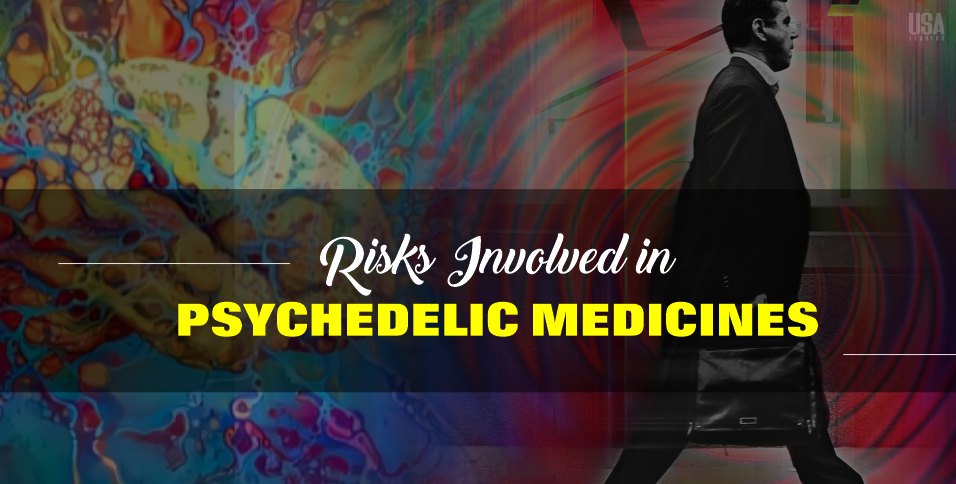
Psychedelic medications generate significant alterations in consciousness that have the potential to have negative side effects. These may comprise:
Psychosis: This dissociation from reality may be more common in those with illnesses that have been linked to psychosis.
Fear: Some people have hallucinations of things that terrify them, make them think they are about to die, or even bring on flashbacks and trauma.
Cardiovascular issues: People with a history of heart illness should talk to their doctor before consuming psychedelics because they can increase heart rate and blood pressure.
Psychedelic therapy can cause significant and rapid psychological alterations. Despite many encouraging outcomes, it is still an experimental modality that is not widely accessible. Researchers still don’t fully comprehend how they operate, how to forecast who will get the best results, or how to reduce the possibility of risks. The outcomes of psychedelic therapy are encouraging, even though precision and assurance have not yet been inferred.
ALSO READ: All you Need to know while undergoing Liver Transplantation


